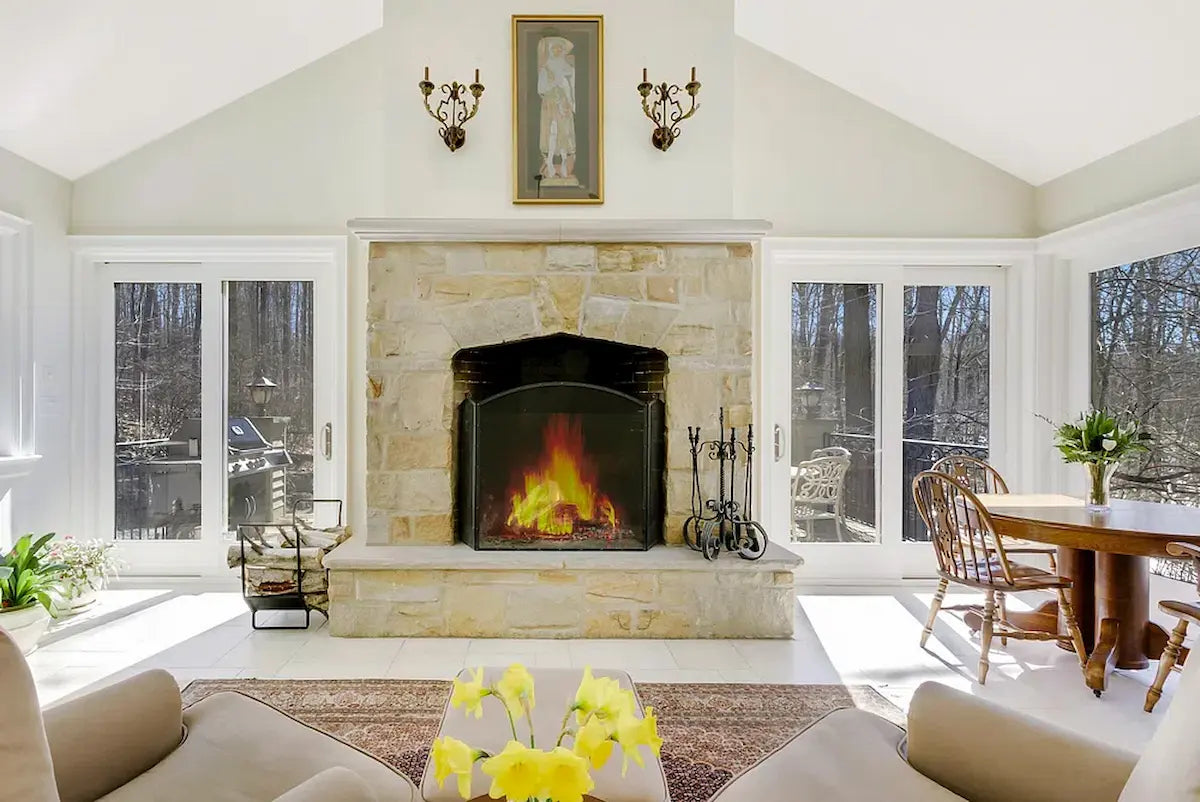
Gas Logs & Wood Stoves
At Casual Furniture World, we understand the significance of a cozy hearth. Our fireplaces, gas log sets and wood stoves are handpicked to ensure it not only keeps you safe and warm but also complements your home's aesthetic.
Our team is dedicated to assisting you in selecting the ideal fireplace, gas log set, or wood stove to suit your needs and style. Experience exceptional customer service and find the heating solution that fits seamlessly into your space.
Can't find what you're looking for? Visit one of our showrooms today to explore our selection of fireplaces, gas logs, and wood stoves. Let us help you create a cozy and inviting space that you'll love coming home to.
18 products
-
Jotul F 500 V3 Oslo Wood Stove
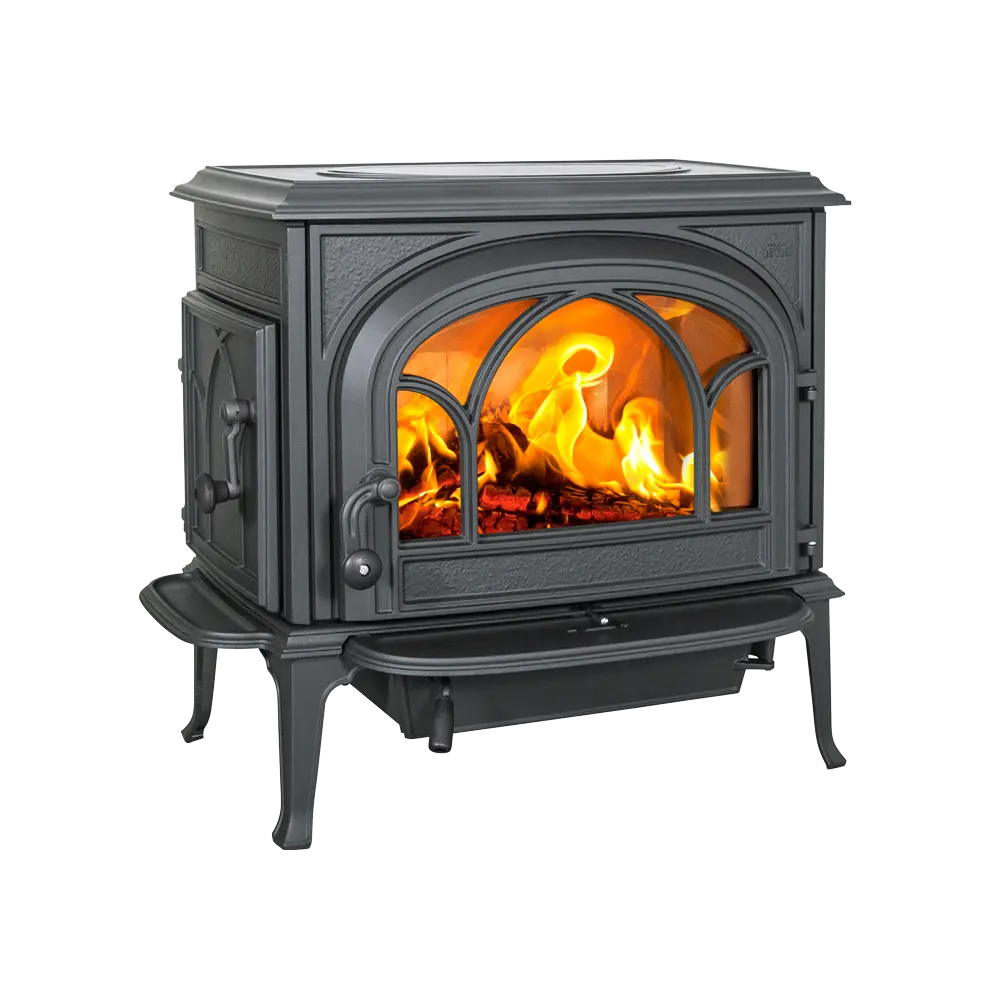
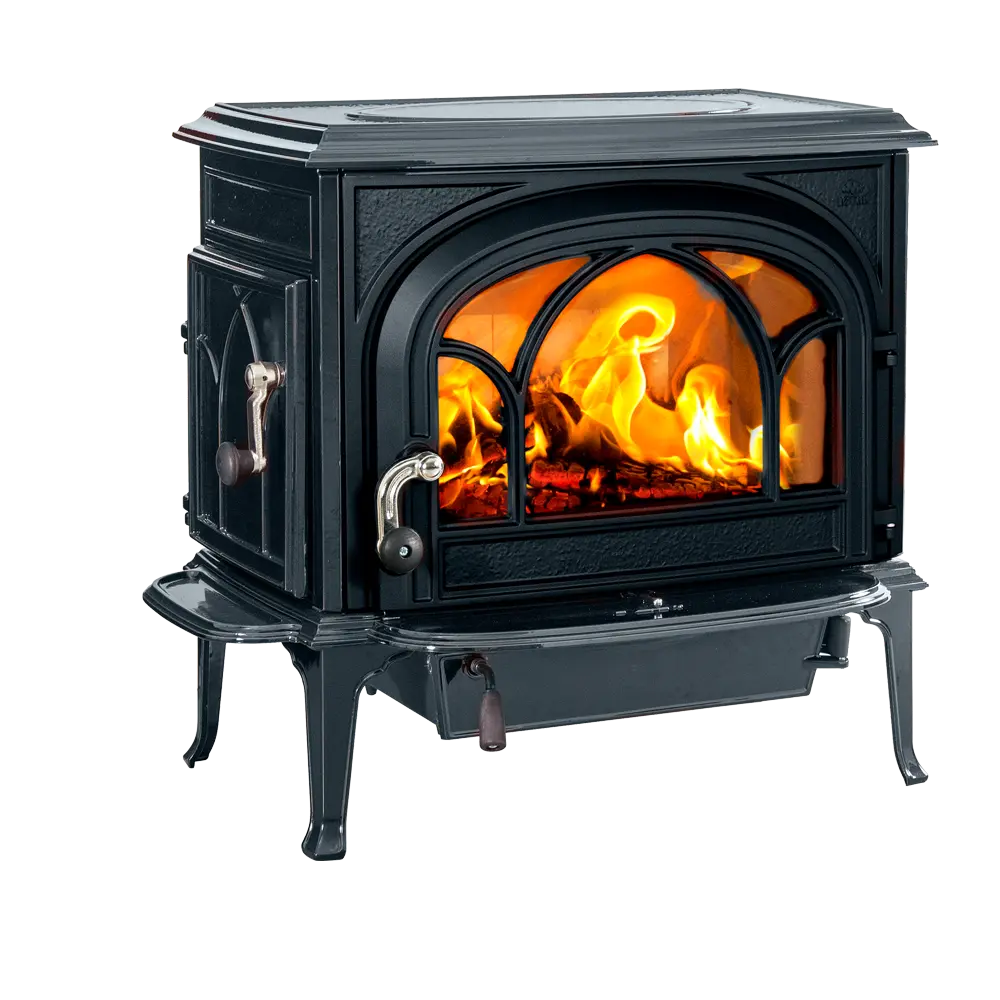 Vendor:Jotul F 500 V3 Oslo Wood StoveJotul
Vendor:Jotul F 500 V3 Oslo Wood StoveJotul- Regular price
-
$4,879.94 $5,480.94 - Regular price
-
$0.00 - Sale price
-
$4,879.94 $5,480.94
-
Jotul F 500 V3 Oslo Wood Stove with Clean Face
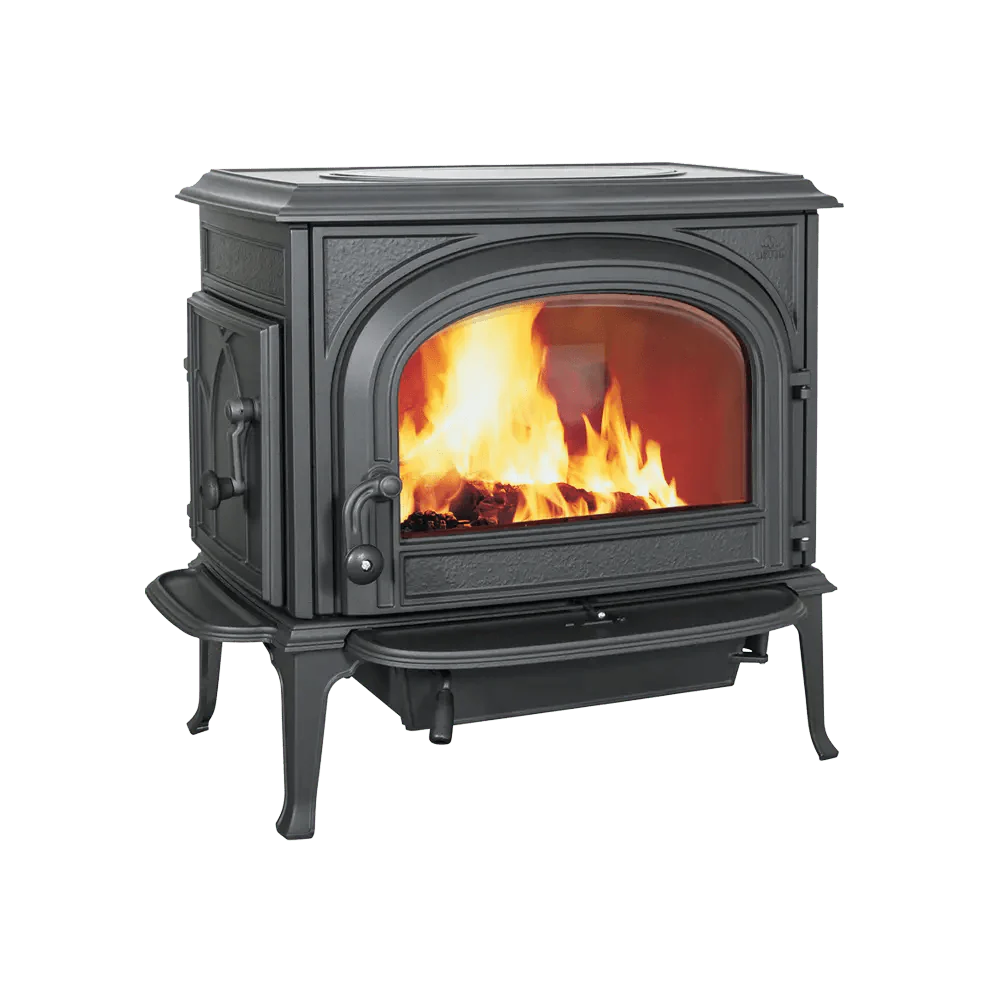
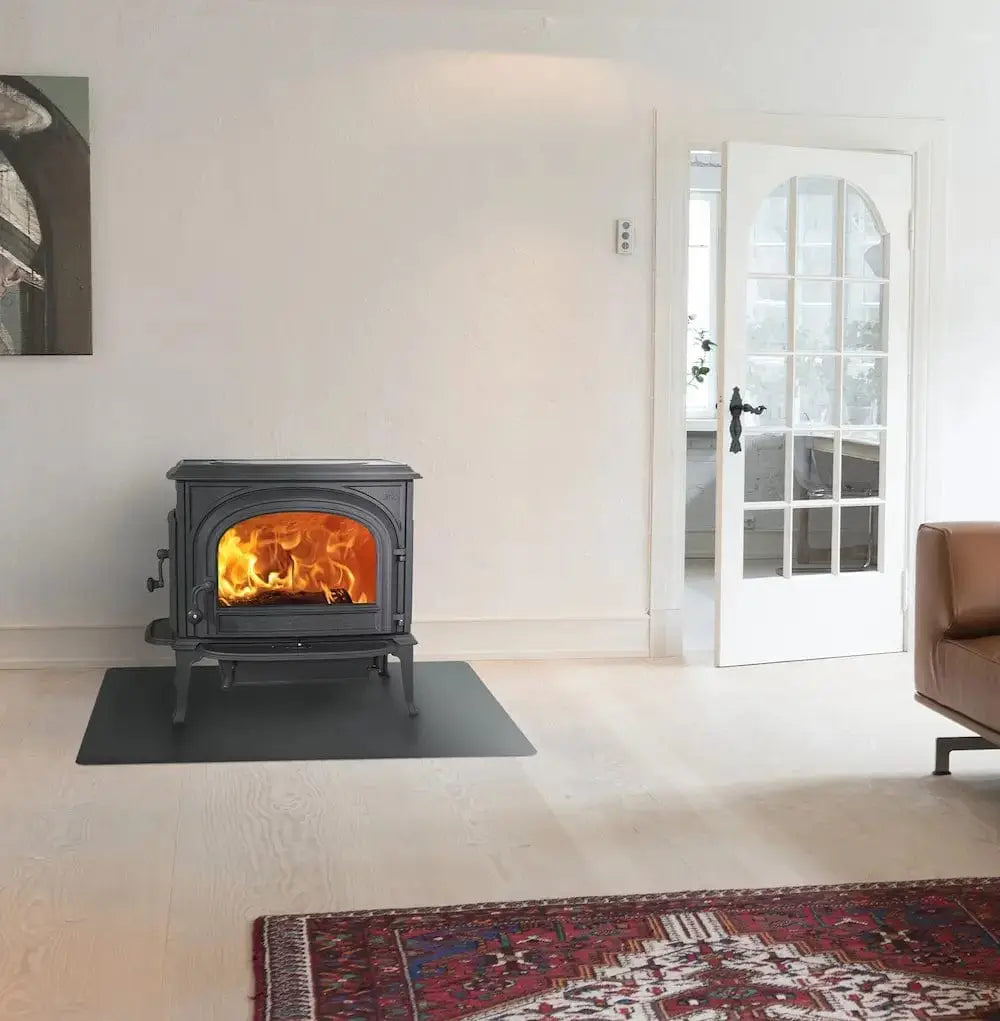 Vendor:Jotul F 500 V3 Oslo Wood Stove with Clean FaceJotul
Vendor:Jotul F 500 V3 Oslo Wood Stove with Clean FaceJotul- Regular price
-
$4,879.94 - Regular price
-
$0.00 - Sale price
-
$4,879.94
TOP SELLER -
Defiant Wood Stove
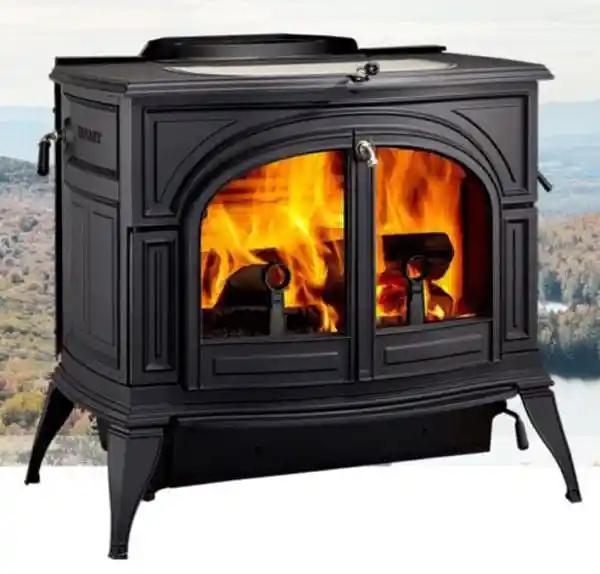 Vendor:Defiant Wood StoveVermont Castings
Vendor:Defiant Wood StoveVermont Castings- Regular price
-
$4,399.99 - Regular price
-
$4,399.99 - Sale price
-
$4,399.99
-
Encore Wood Stove
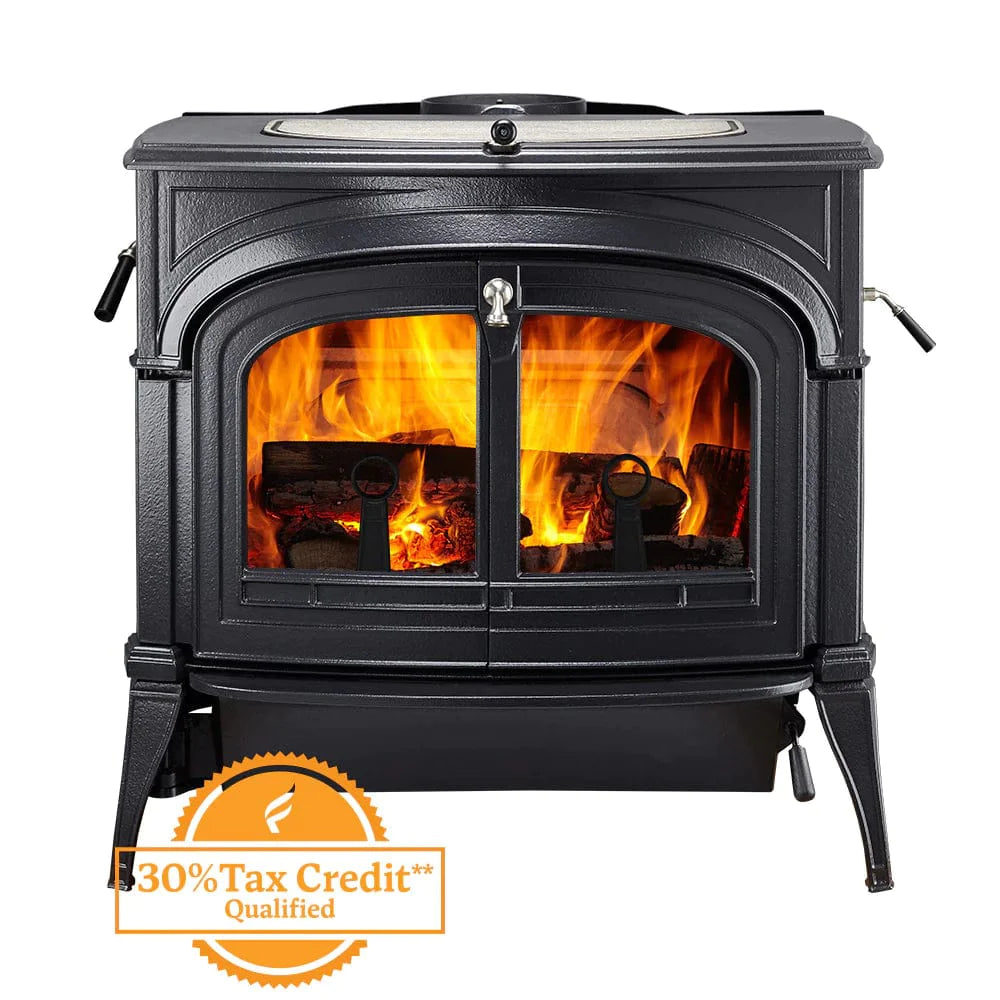
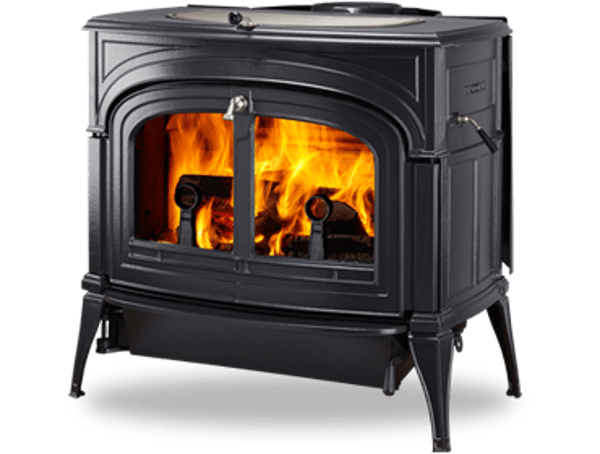 Vendor:Encore Wood StoveVermont Castings
Vendor:Encore Wood StoveVermont Castings- Regular price
-
$3,889.00 - Regular price
-
$0.00 - Sale price
-
$3,889.00
-
Jotul F 55 Carrabassett Wood Stove
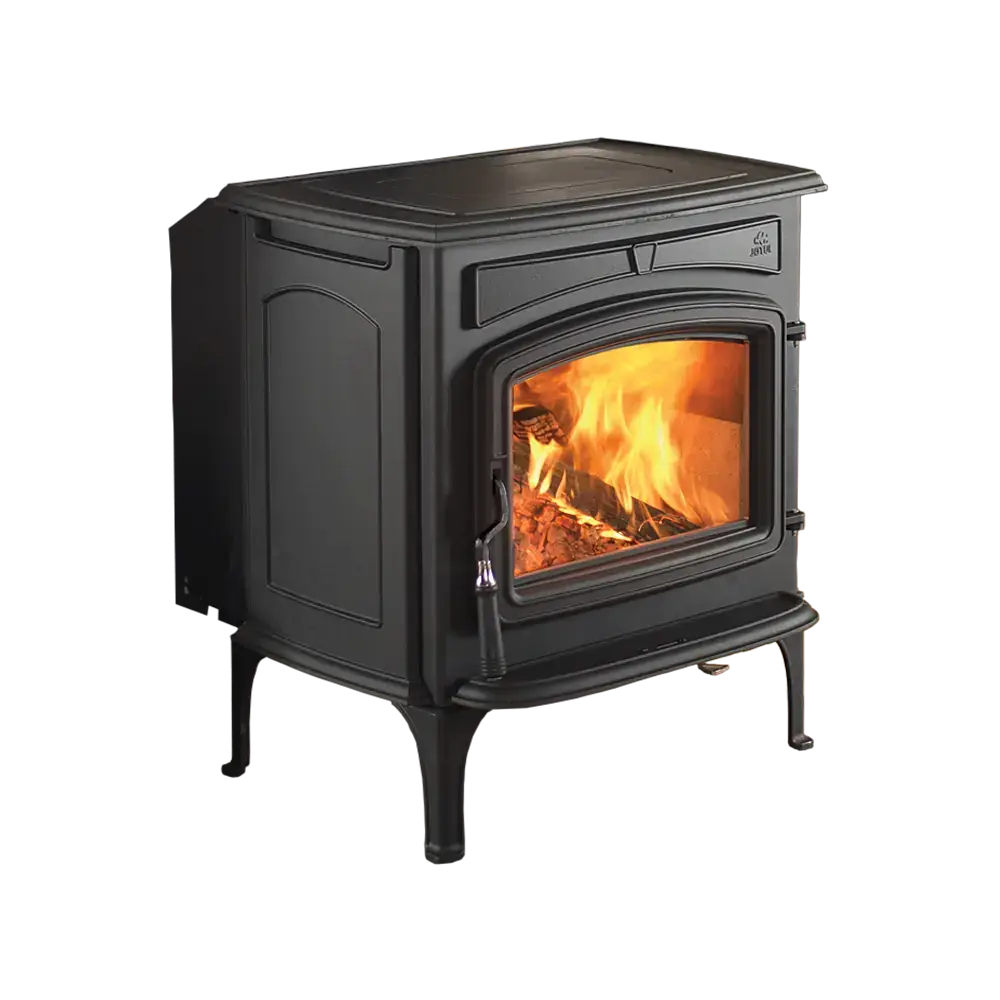
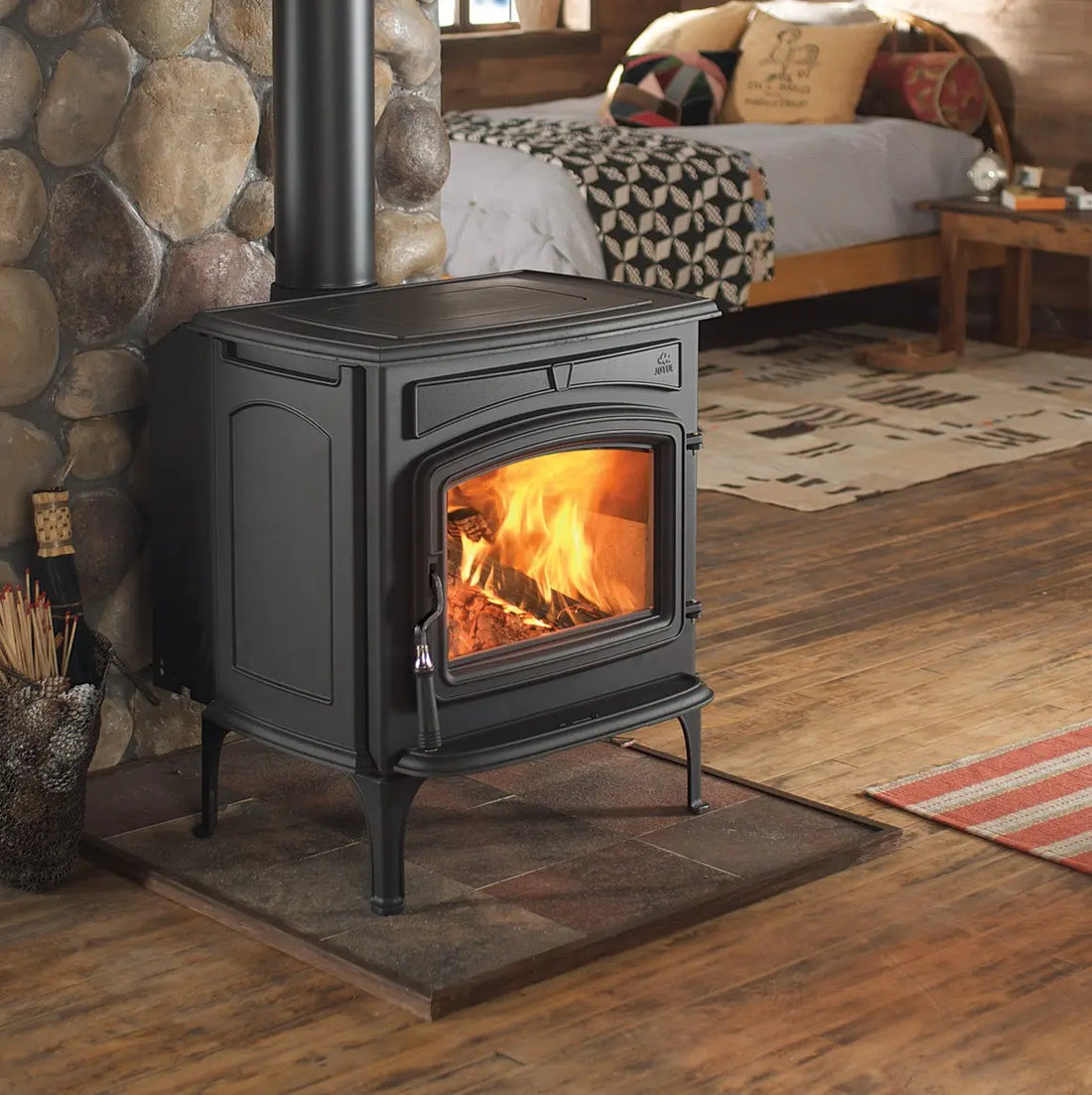 Vendor:Jotul F 55 Carrabassett Wood StoveJotul
Vendor:Jotul F 55 Carrabassett Wood StoveJotul- Regular price
-
$3,846.94 - Regular price
-
$0.00 - Sale price
-
$3,846.94
-
Intrepid Flexburn Wood Stove
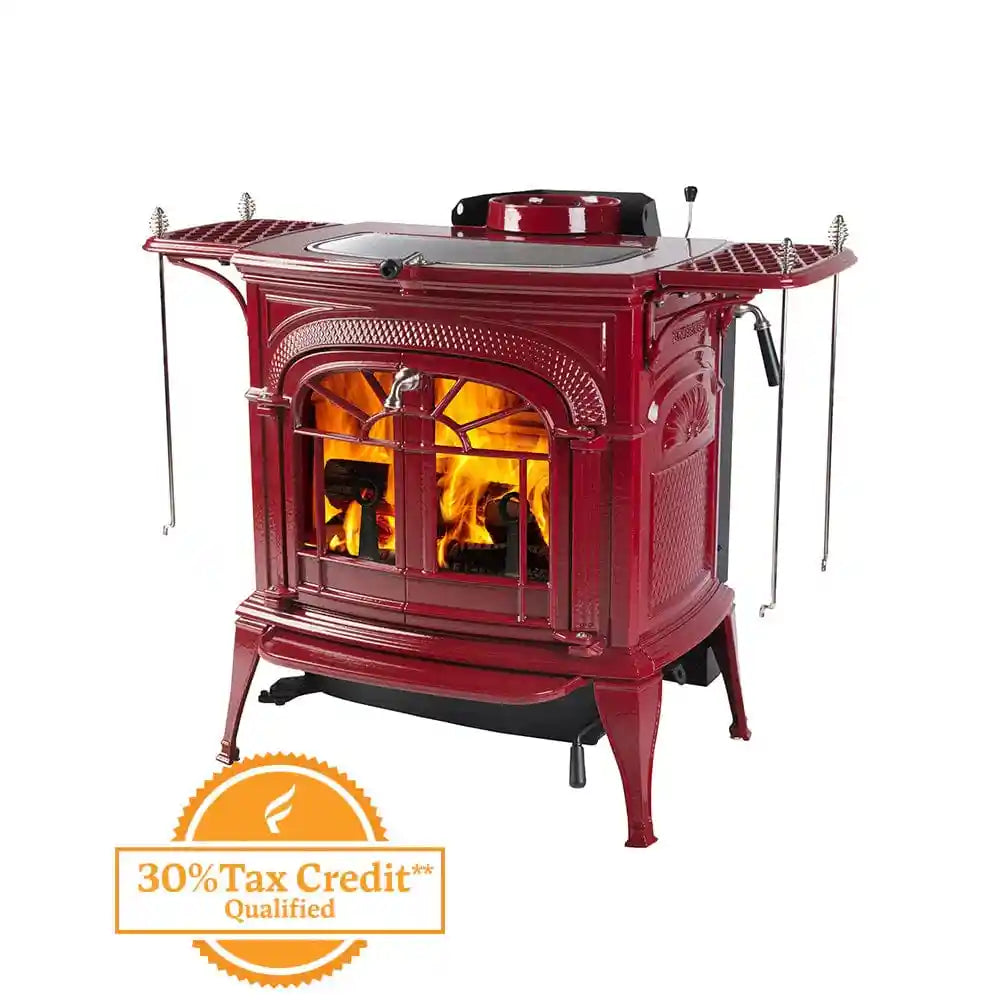
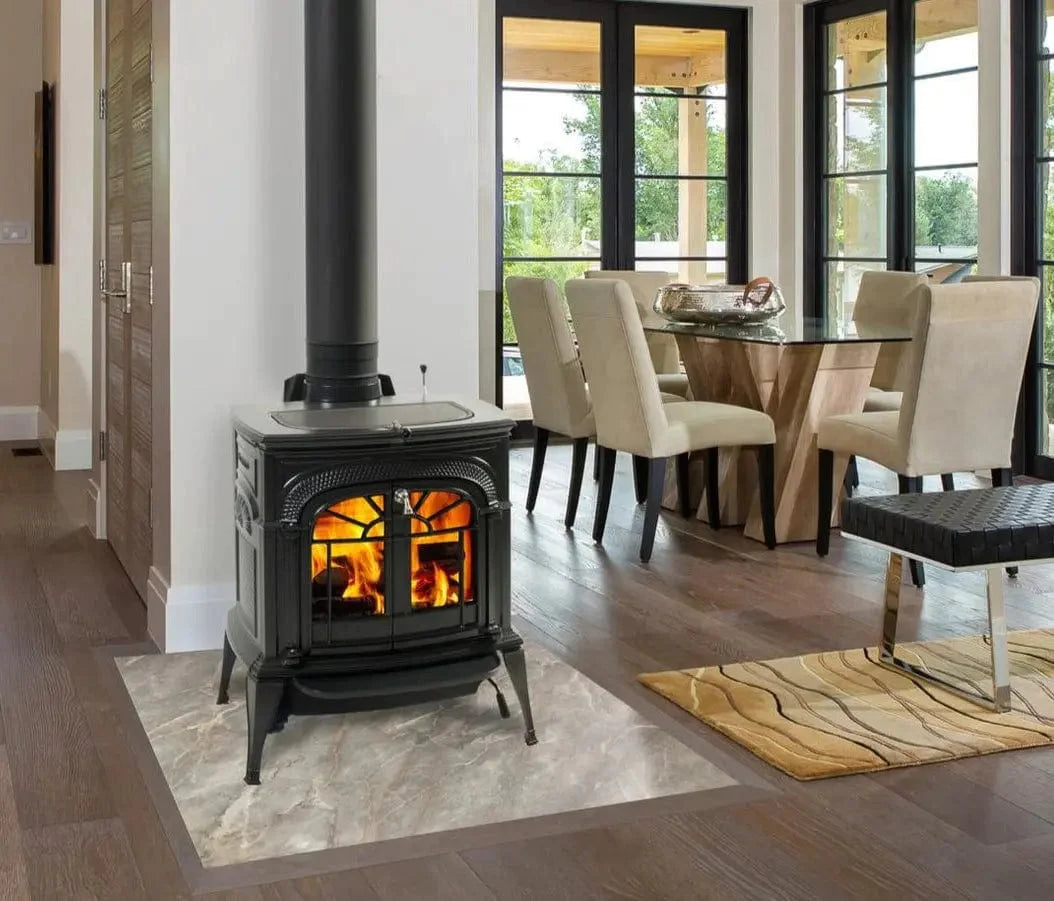 Vendor:Intrepid Flexburn Wood StoveVermont Castings
Vendor:Intrepid Flexburn Wood StoveVermont Castings- Regular price
-
$3,599.99 - Regular price
-
$3,599.99 - Sale price
-
$3,599.99
-
Castleton TruHybrid Wood Stove
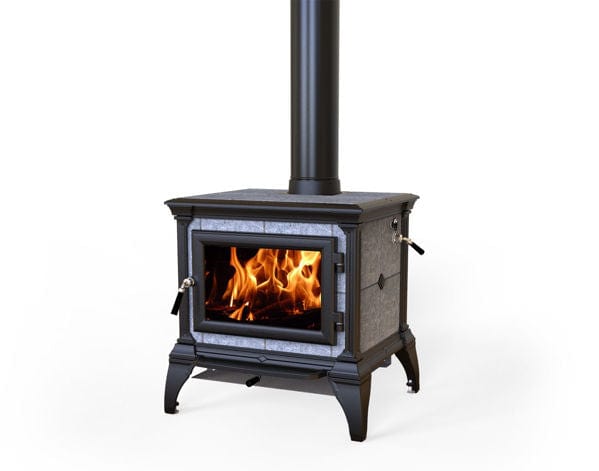
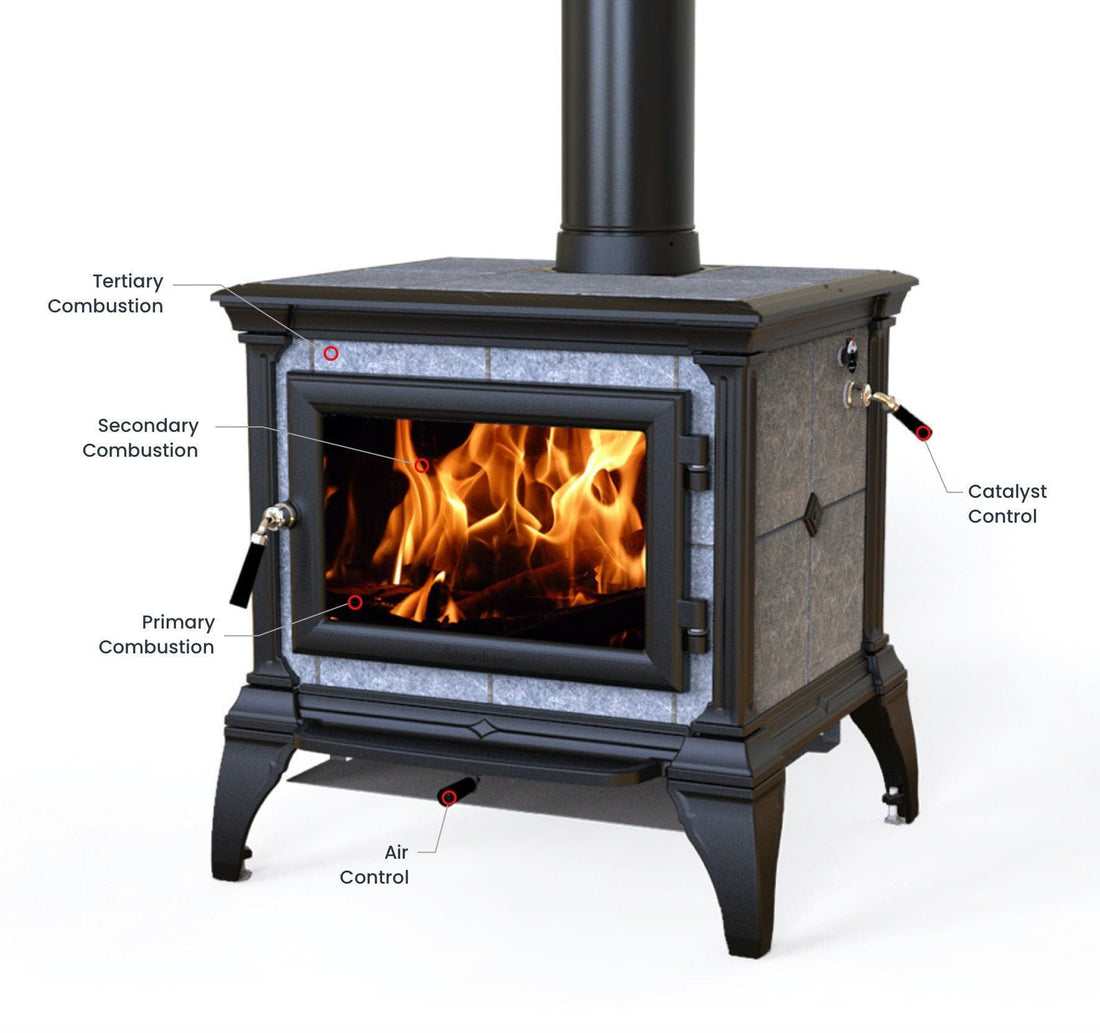 Vendor:Castleton TruHybrid Wood StoveHearthstone
Vendor:Castleton TruHybrid Wood StoveHearthstone- Regular price
-
$3,499.99 - Regular price
-
$3,499.99 - Sale price
-
$3,499.99
-
Jotul F 45 V2 Greenville Wood Stove
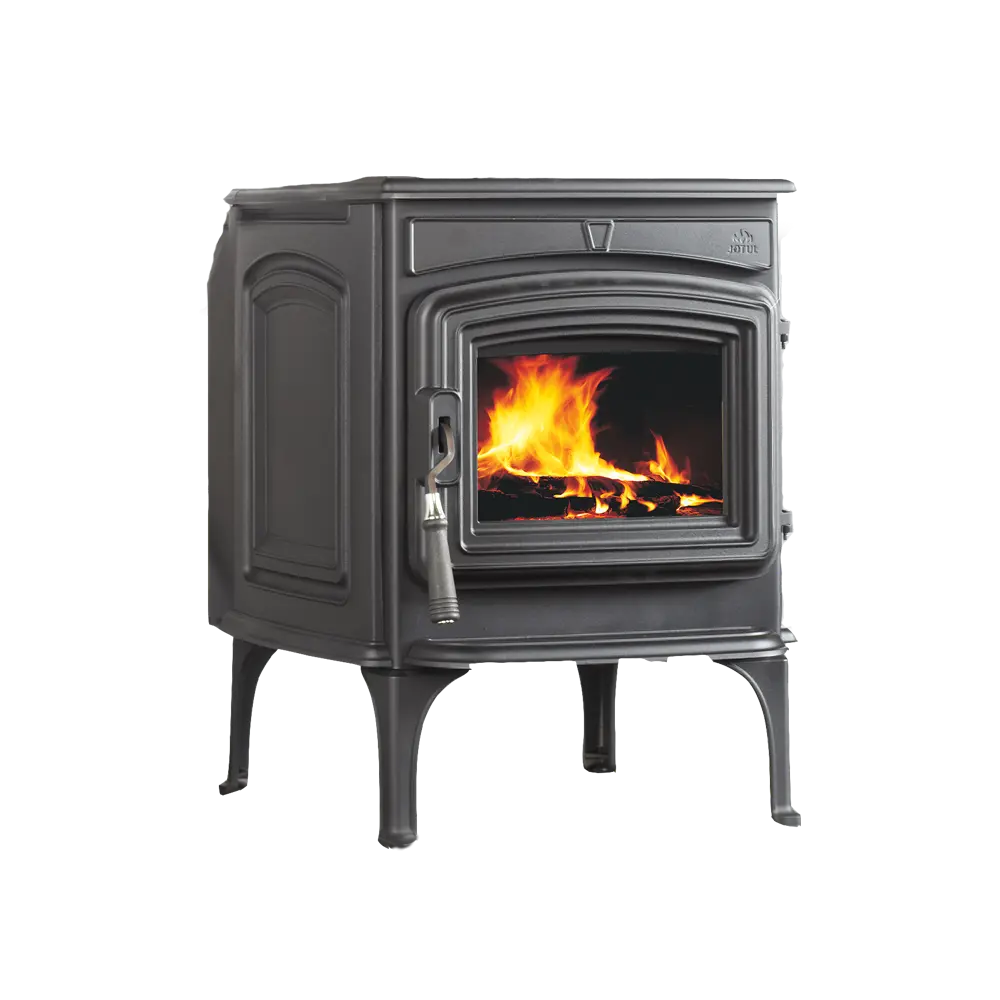
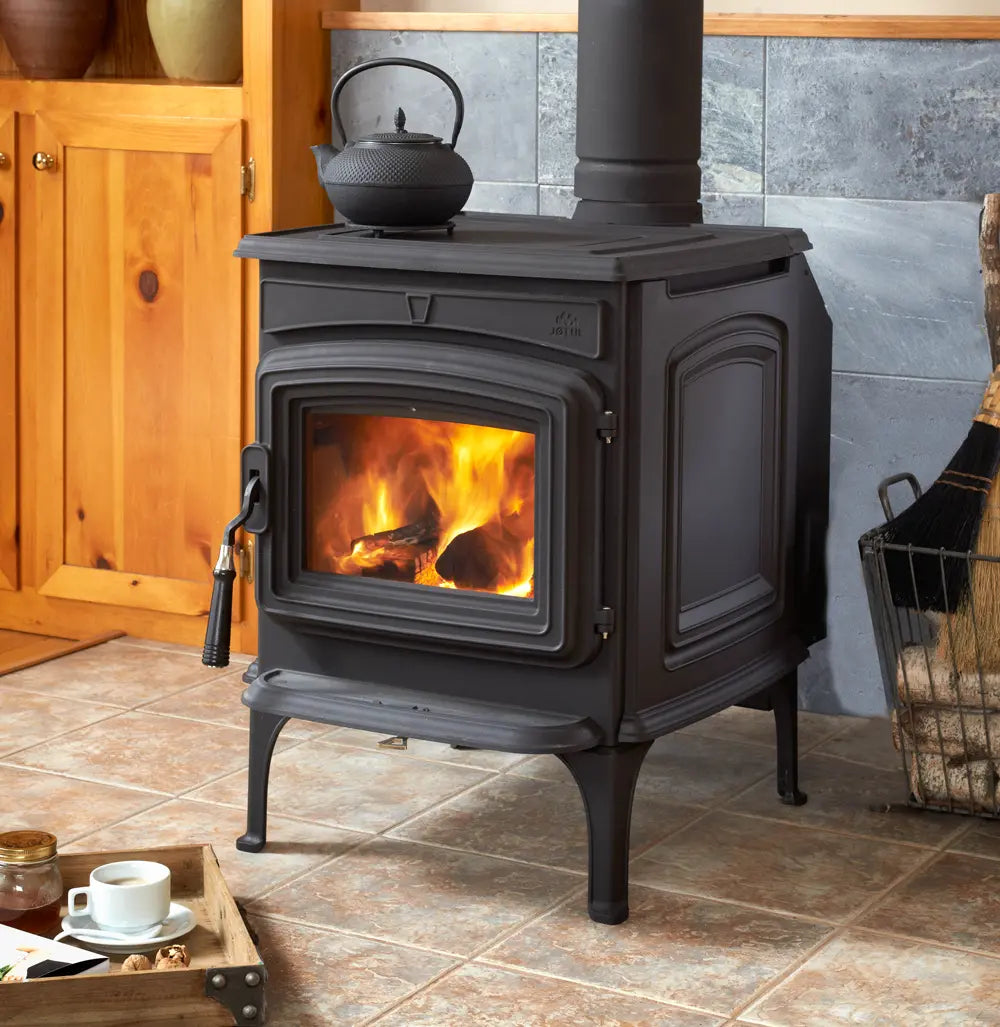 Vendor:Jotul F 45 V2 Greenville Wood StoveJotul
Vendor:Jotul F 45 V2 Greenville Wood StoveJotul- Regular price
-
$3,329.94 - Regular price
-
$0.00 - Sale price
-
$3,329.94















